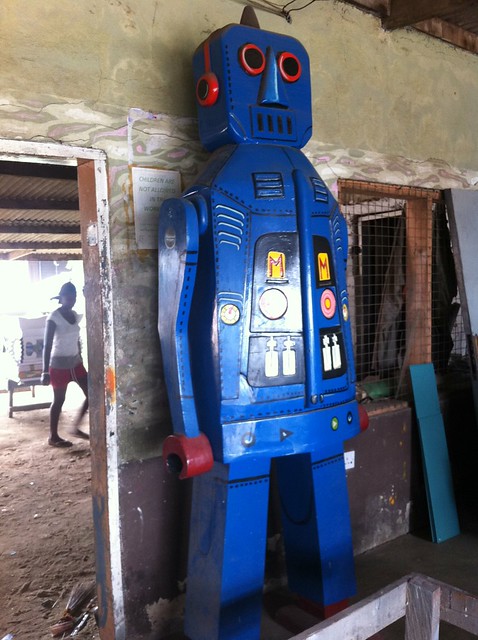This summer, I had the pleasure of traveling to Ireland with my family and visiting the World Heritage Site, Brú na Bóinne. The most well-known tomb at the site it Newgrange and dates back 3200 B.C. Newgrange is a massive stone structure, weighing over 2,000 tons, and has a single passageway at the end of which human remains were placed. Every year on the winter solstice, light shines through the opening of the tomb, all the way down the passage to where the bodies rested. Although it is impossible to know the exact significance of the burial site, many archeologist suspect the culture regarded the ceremony as a way to guide the bodies into the next life. Some archeologists interpret the hieroglyphics carved into the surrounding stones to indicate the culture considered the sun to be a god, as was common in many agricultural societies who depended on the seasons for food. Because the tomb could not hold many bodies, it is suspected that only people of significance took part in the burial ceremony.
Front Newgrange by Dave Keeshan, CC4.0
Brú na Bóinne is just one example of the many prehistoric burial sites that incorporated the sun and astronomical phenomena into its construction. Perhaps the most famous example is Stonehenge, found just outside Salisbury, England. Also estimated to have been built approximately 3000 B.C., two of the stones of Stonehenge align with the sun on the summer equinox while there is a different alignment of the sun and stones on the winter equinox.
Stonehenge by Hamad Aziz, CC3.0
Brú na Bóinne and Stonehenge are just two examples of archaeoastronomical sites; such sites were built on every continent except Antarctica. Although it is impossible to determine ritualistic meaning of these prehistoric sites, it is fascinating that such a diverse range of cultures incorporated similar concepts into their burial rituals. As mentioned previously, many agricultural societies considered the sun a deity and therefore solstices and equinoxes would have been major events which these monuments incorporated into mortuary rituals.
http://www.english-heritage.org.uk/visit/places/stonehenge/history/description/#
http://www.worldheritageireland.ie/bru-na-boinne/built-heritage/newgrange/



